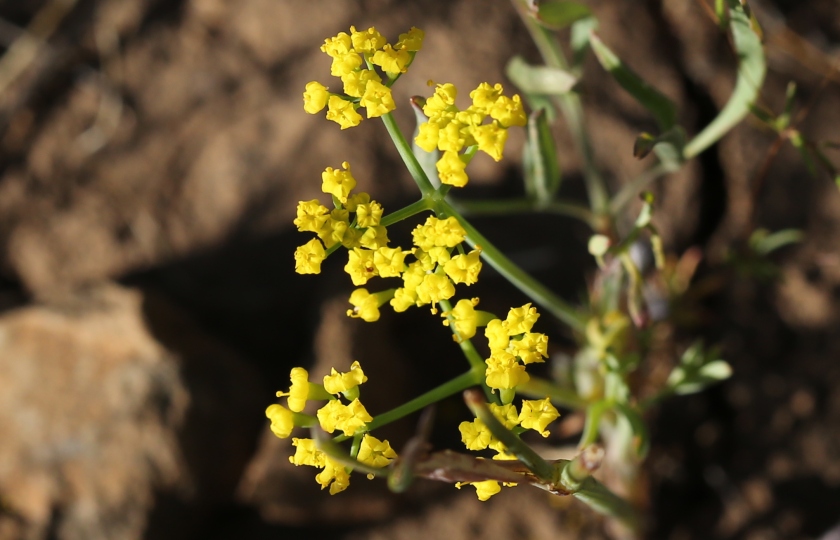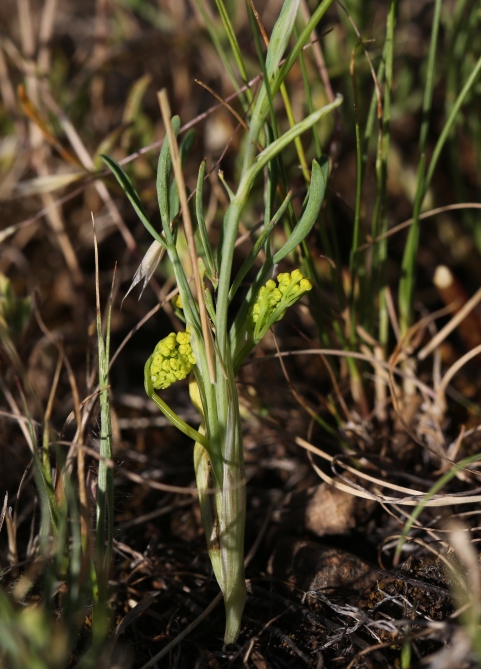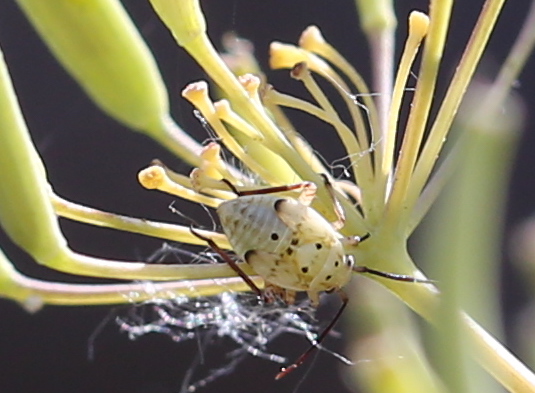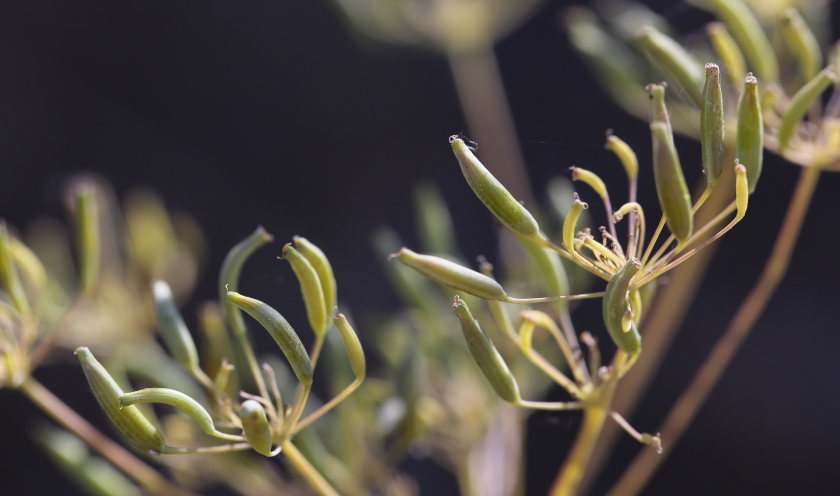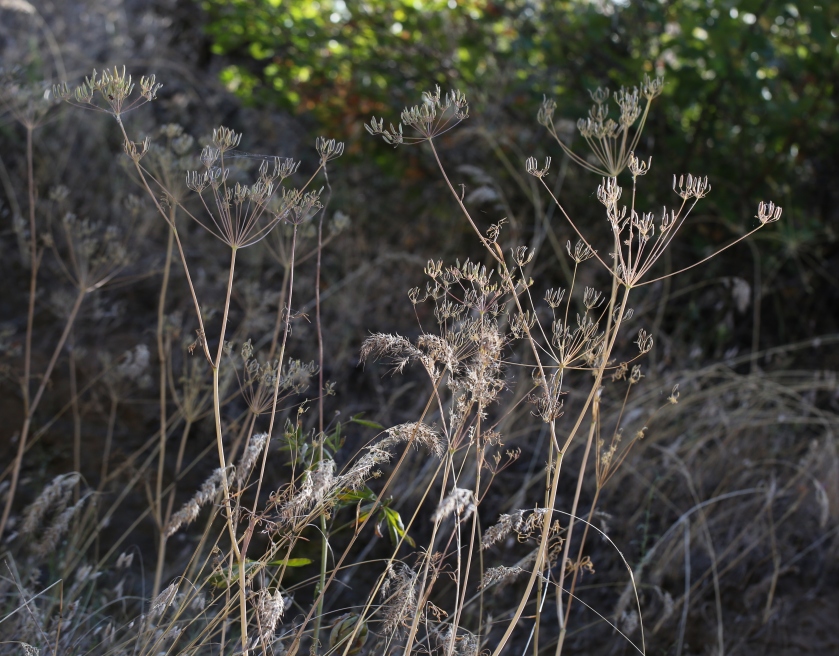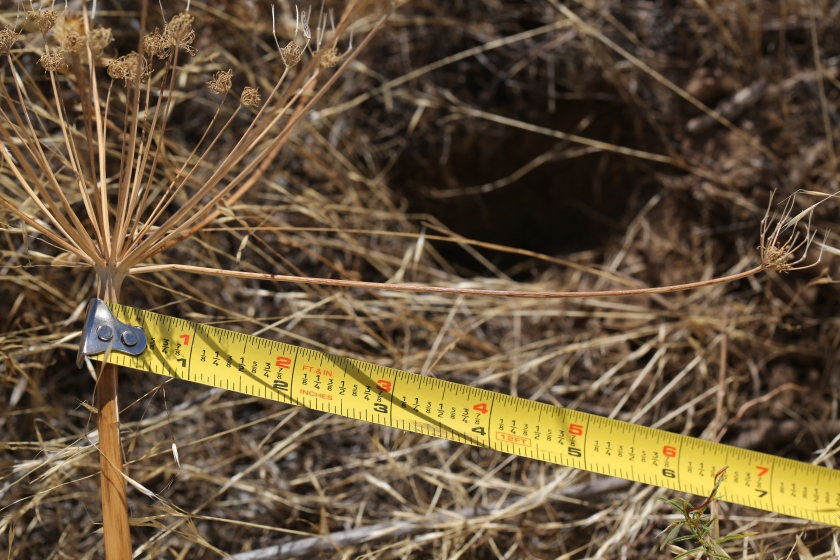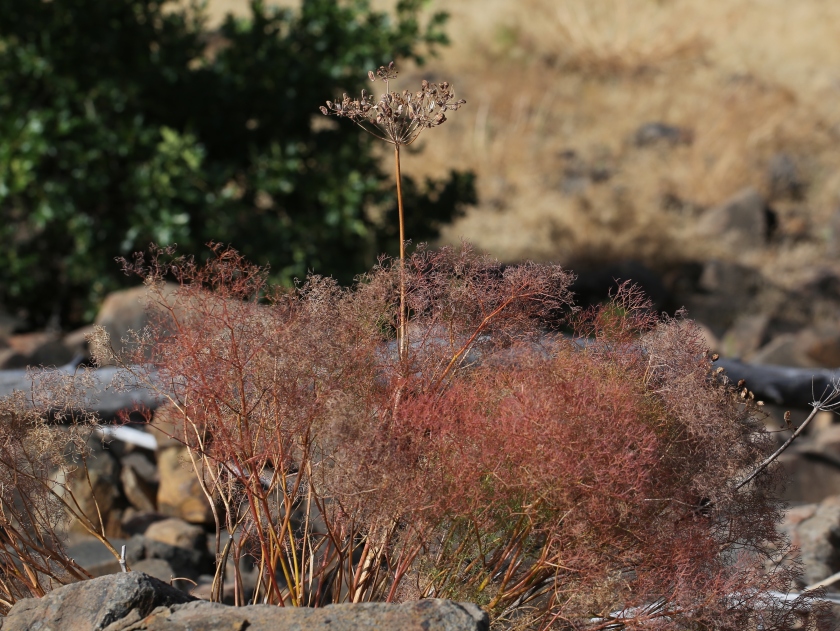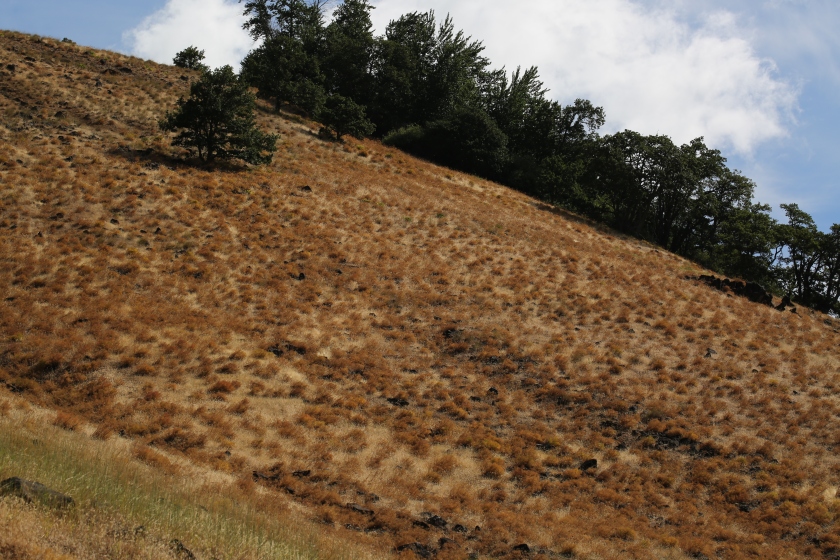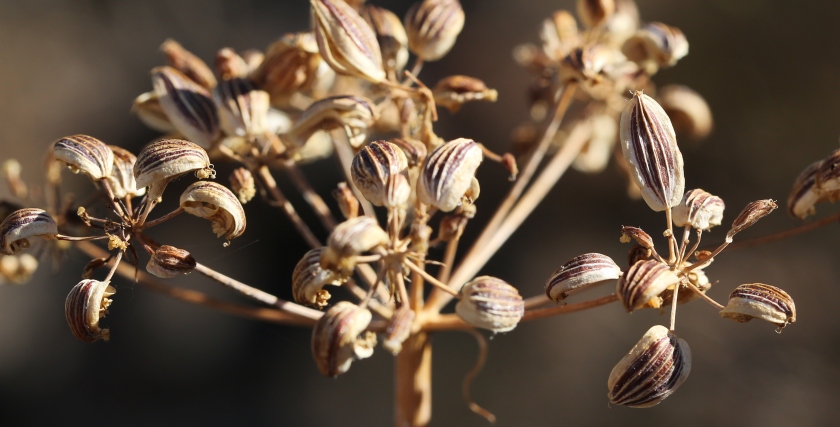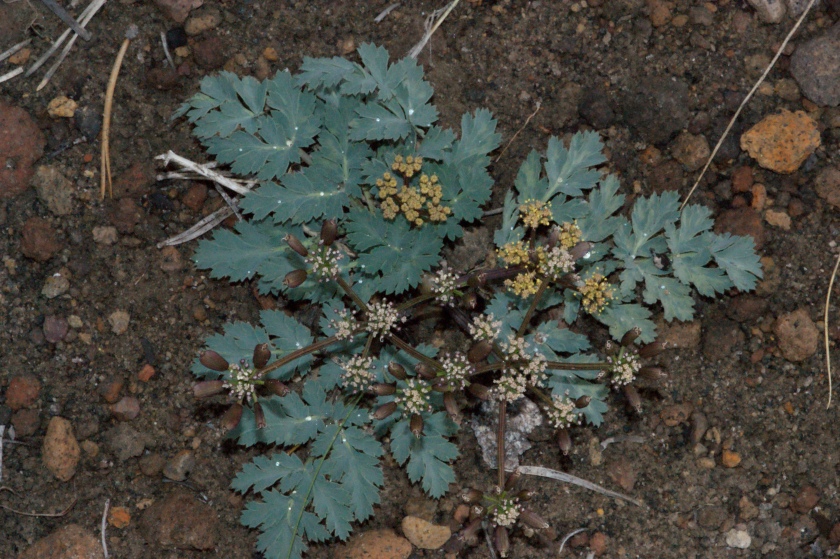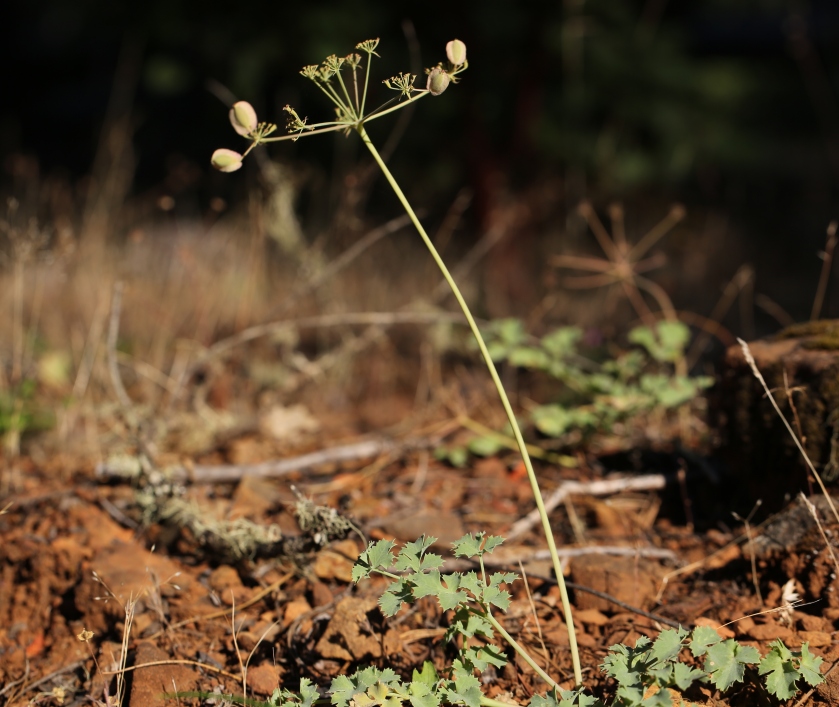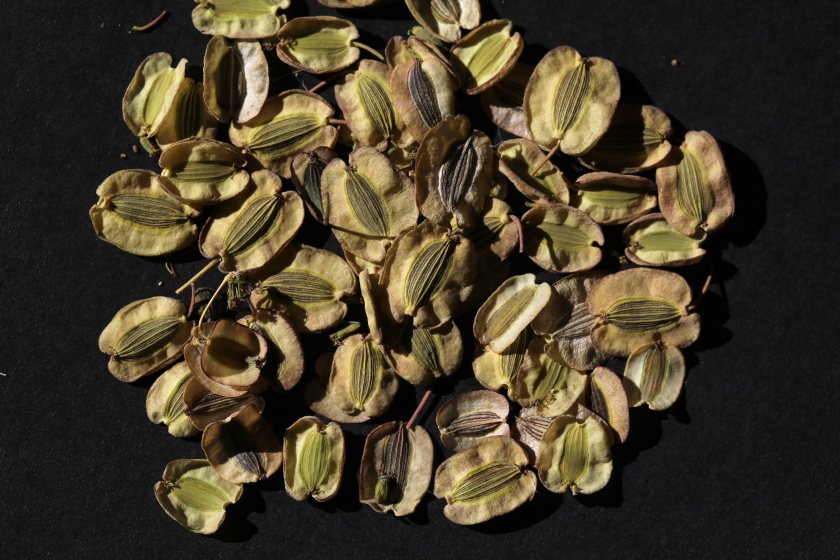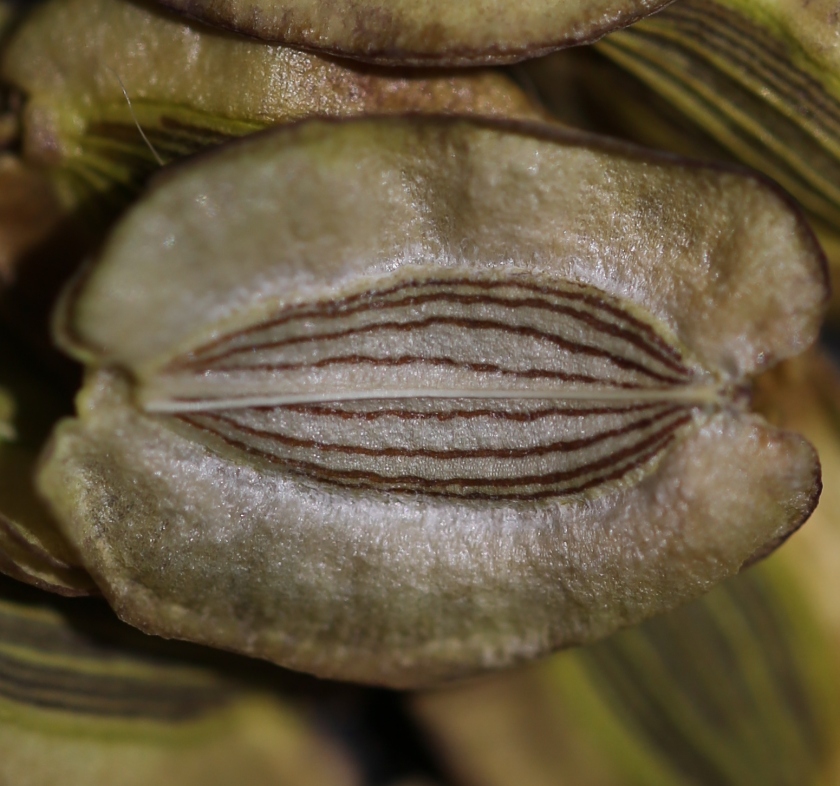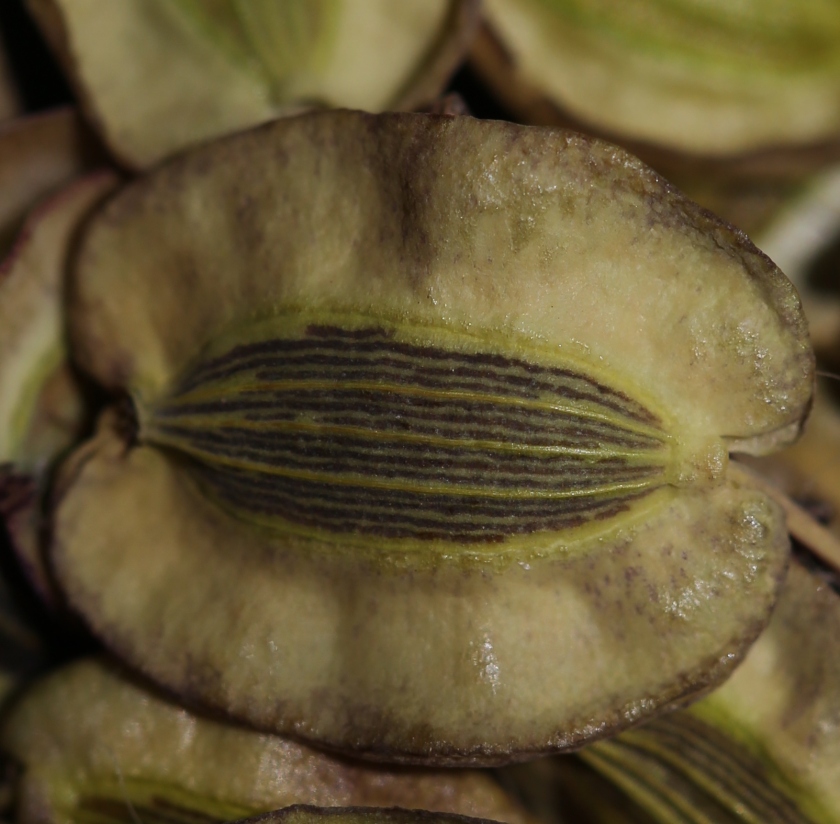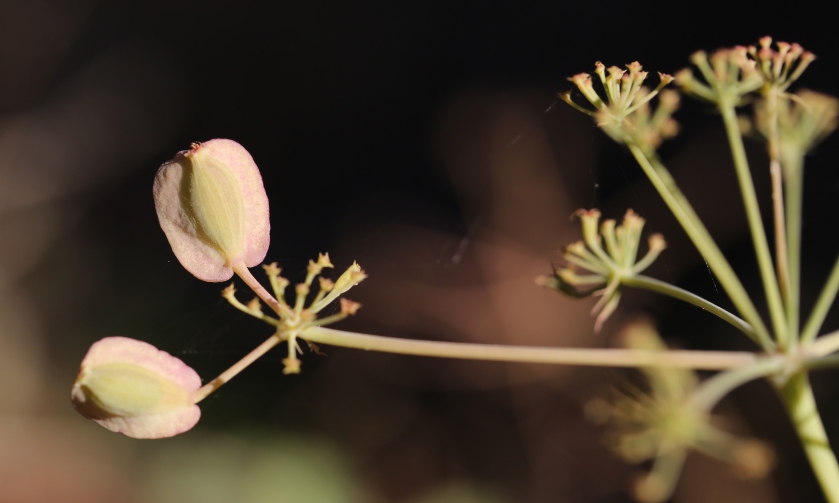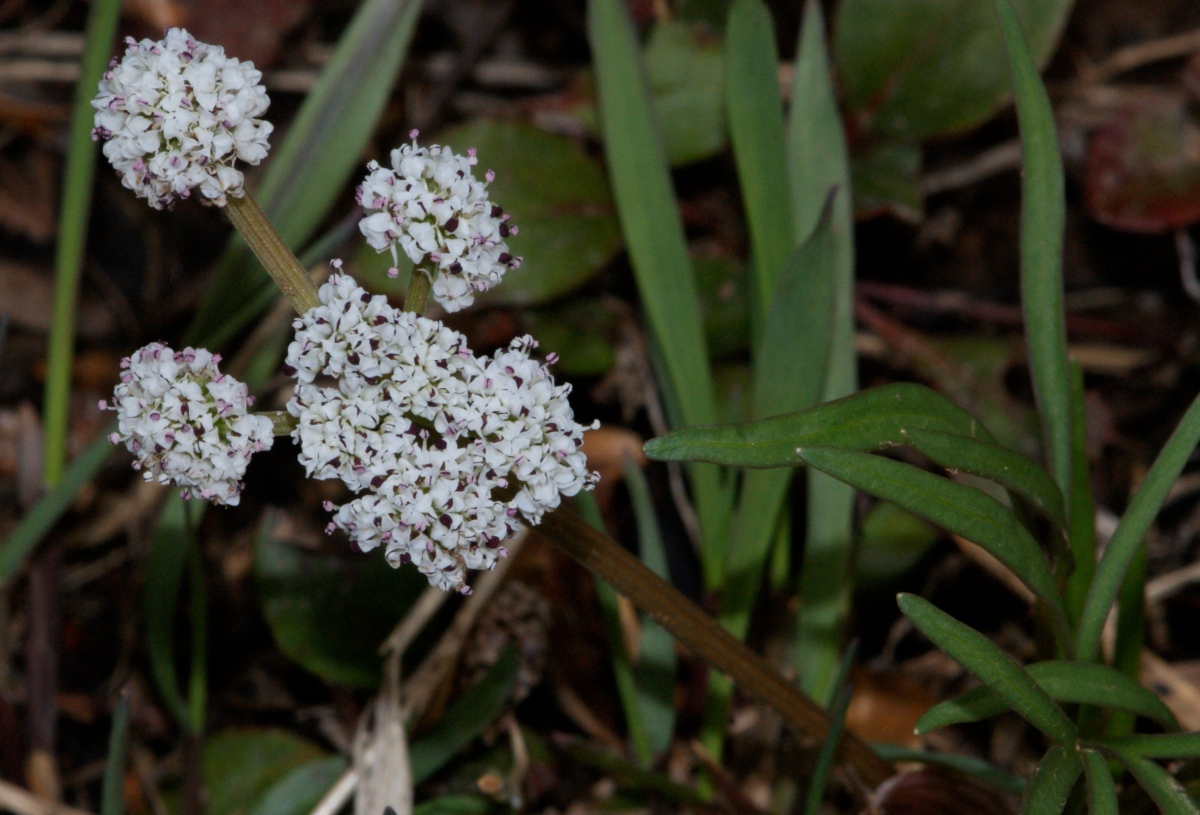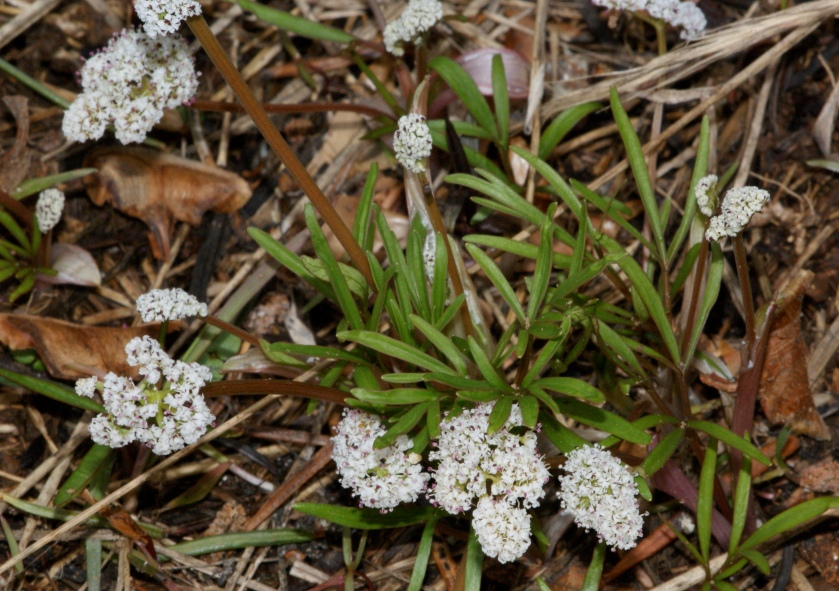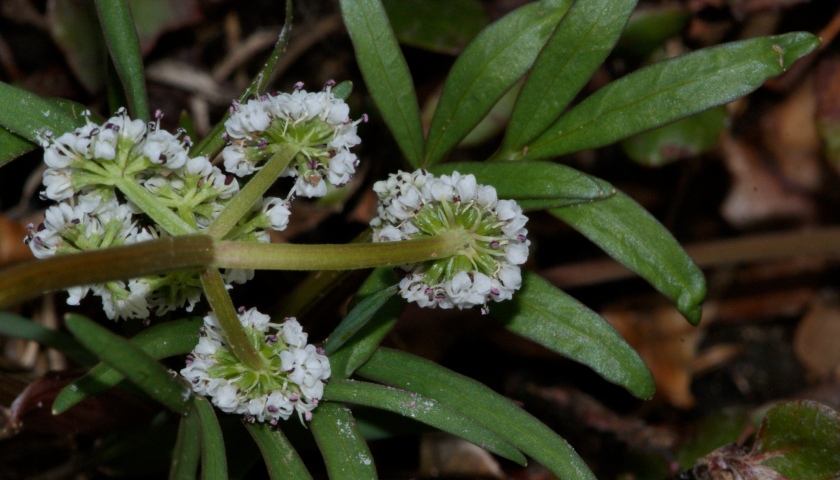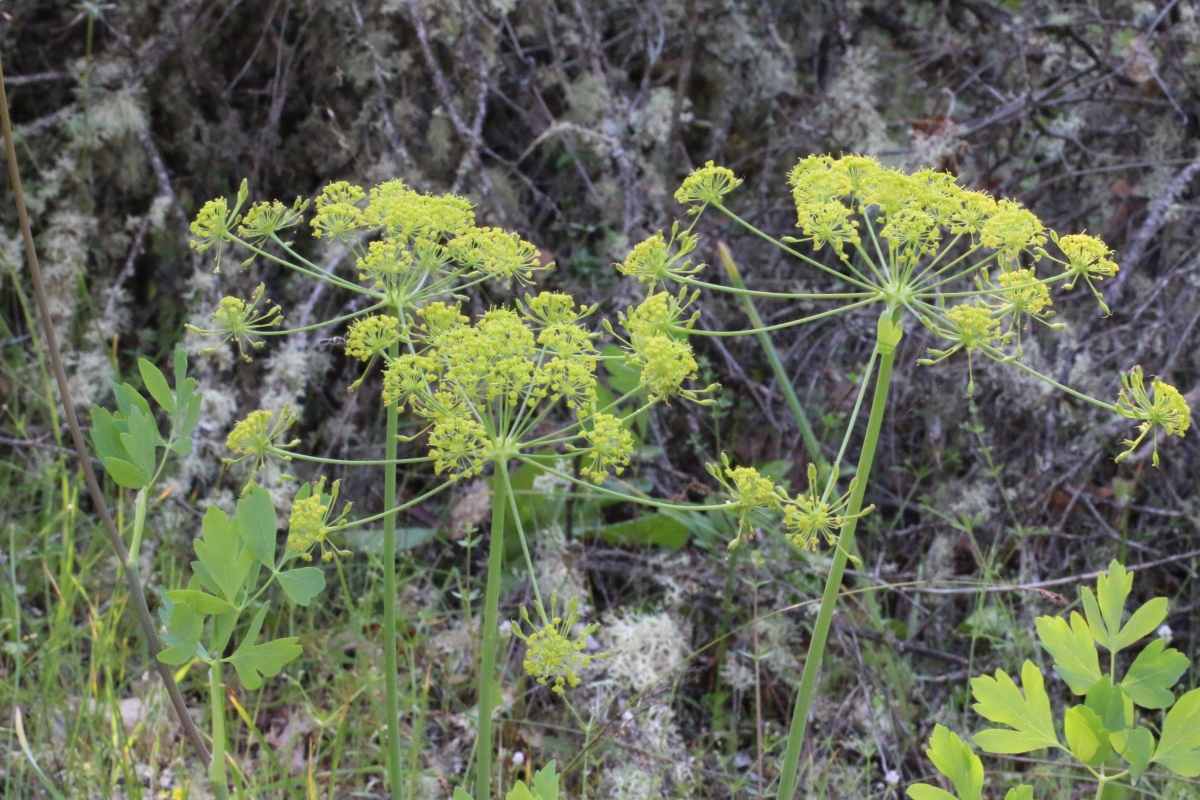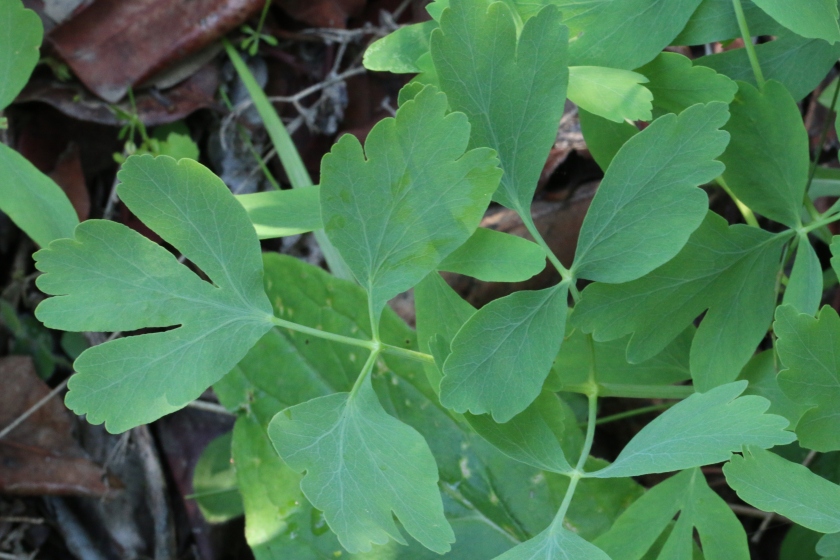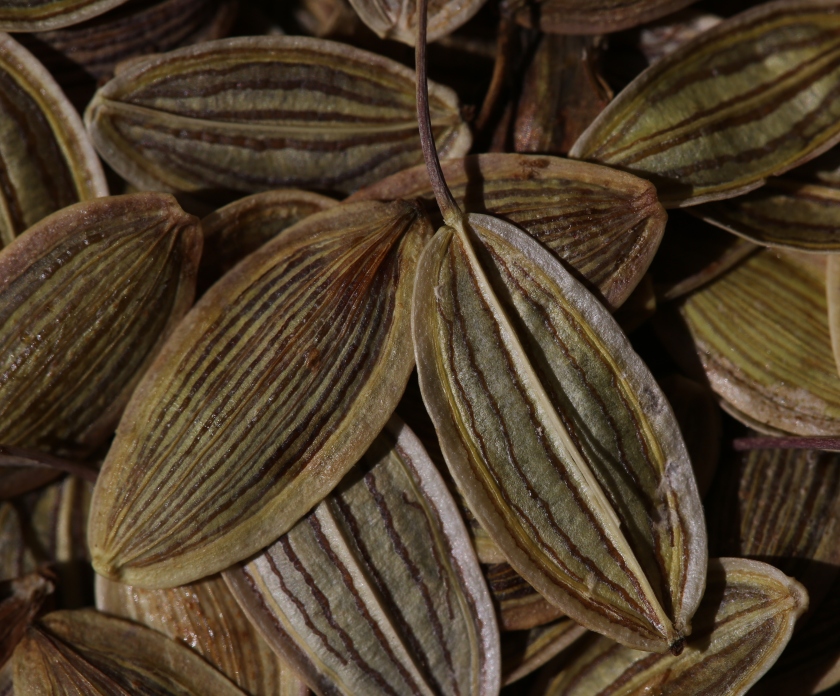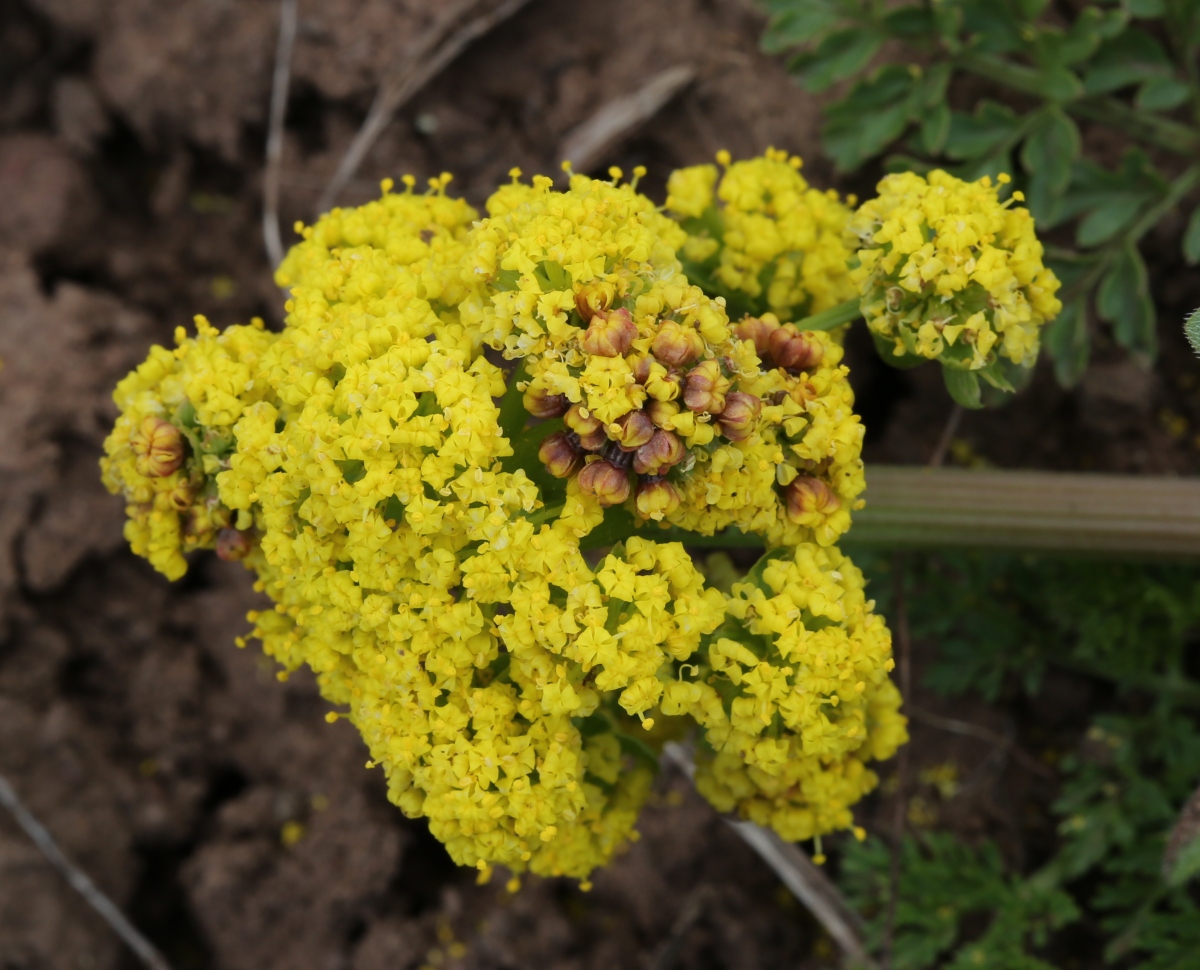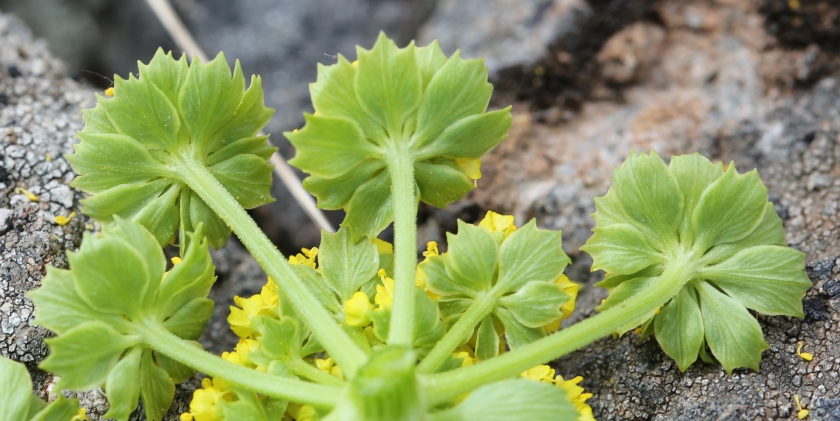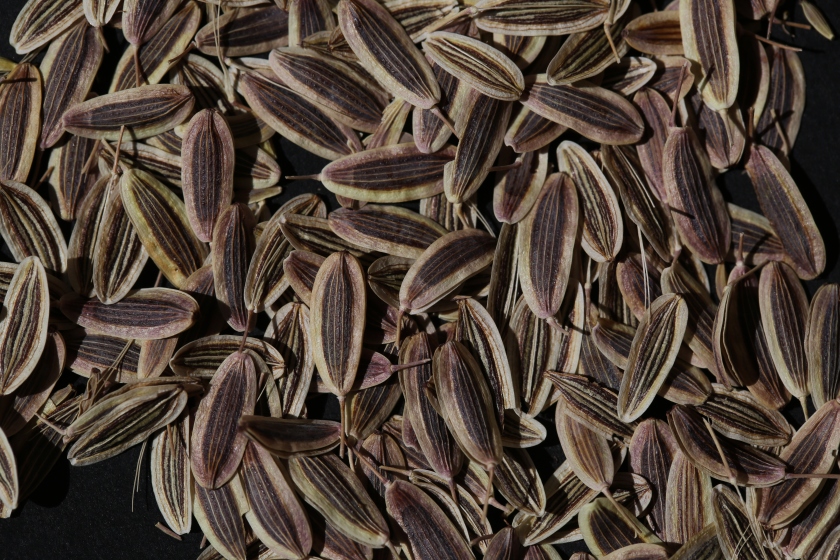Ethnobotany. A food for the Montana, Oregon, Nez-Percé and the Okanagan-Colville Peoples. The spring roots were reduced to flour for future use or eaten fresh. With the Oregon People, the roots were eaten at the first feast of the new year which was called the Root Feast. According to Turner, Nancy J., R. Bouchard and Dorothy I.D. Kennedy in “Ethnobotany of the Okanagan-Colville Indians of British Columbia and Washington, Victoria” (1980); according to Murphey, Edith Van Allen in “Indian Uses of Native Plants” (1959); according to Jeff Hart in “Montana Native Plants and Early Peoples” and according to Blankinship, J. W. in “Native Economic Plants of Montana, Bozeman” (1905). It was named “racine blanche” by the French speaking Canadians. It was the second most important root for the Nez-Percé – the first being camas. They traded their Lomatium cous with the Flathead who did not enjoy this larger and more abundant biscuitroot – Lomatium cous being the most abundant edible lomatium in the northern Rocky Mountains region and one of the three main root staples, for the Native Peoples, with Camassia quamash and Lewisia rediviva.
The Native People dug the plants in the springtime, just after blooming. They peeled them to eat them fresh or boiled. Some of the roots were sun-dried and the rest was pulverized in a mush to make long cakes which were suspended on a frame of sticks to be partly baked above a fire. They were pierced with a hole to be attached to the horse-saddles. When properly dried and prepared, the biscuitroot cakes could keep for up to 2 years.
David French and Eugene Hunn in their monography “Lomatium: a key resource for the Columbia Plateau Native Subsistence” (1981) explained that Lomatium cous was one the main 10 species of eaten Lomatium providing 30 % of the root food resources of the Native Peoples of Sahaptin languages in the north-west of the USA. In 1981, only 29 species of Lomatium were botanically described, for the Sahaptin spoken range, but most of them were known (if not named) by these Native Peoples – well the survivors as some of the Native Peoples of Sahaptin languages are extinct. Lomatium cous was named “x̣áwš” in Sahaptin language and “qáamsit” (when fresh) and “qáaws” (when peeled and dried) in Nez-Percé language. The roots of Lomatium cous weigh in average 10 grams and one kilogram of fresh roots provide 1270 kcal. David French and Eugene Hunn calculated that a woman would need 400 hours of work to gather all the roots of Lomatium cous necessary for one year to sustain her family.
Description. The plants of that species of tuberous lomatium are acaulescent or caulescent and 10 to 35 cm high at maturity. The roots, of black color, are elongate and slender or, sometimes, tuberous – and up to 8 cm in length and 4 cm in width. The leaf blades are 2 to 14 cm long, glabrous, glaucous and often scaberulous and their general outline is oblong to obovate. The leaves are ternately or pinnately divided and dissected – the ultimate leaf segments being linear, 1 to 12 mm long and 0,5 to 3 mm wide with mucronulate or apiculate apices. The green to purple tinged petioles are sheathing for half of the length of the basal leaves and only at the base of the cauline leaves. The inflorescence is a glabrous to scaberulous umbel consisting of 5 to 20 rays which are 1 to 11 cm long. The bracts (4 to 12) are free or fused on a little segment of their length, narrowly to broadly obovate, 2 to 5 mm long and 1 to 3 mm wide. Each umbellet consists of 10 to 20 flowers which are all yellow: petals, anthers and stylopodia (punctuated by small vacities). The ovaries are glabrous to granular. The oblong to broadly elliptic fruits, with a lingulate cross-section, are 5-12 mm long and 2-6 mm wide and possess 1 to 4 oil canals in the intervals and 4 to 7 oil canals in the commissures. Their pedicels are 1-5 mm long at maturity. Their lateral wings are 0,4 to 1,7 mm wide.



